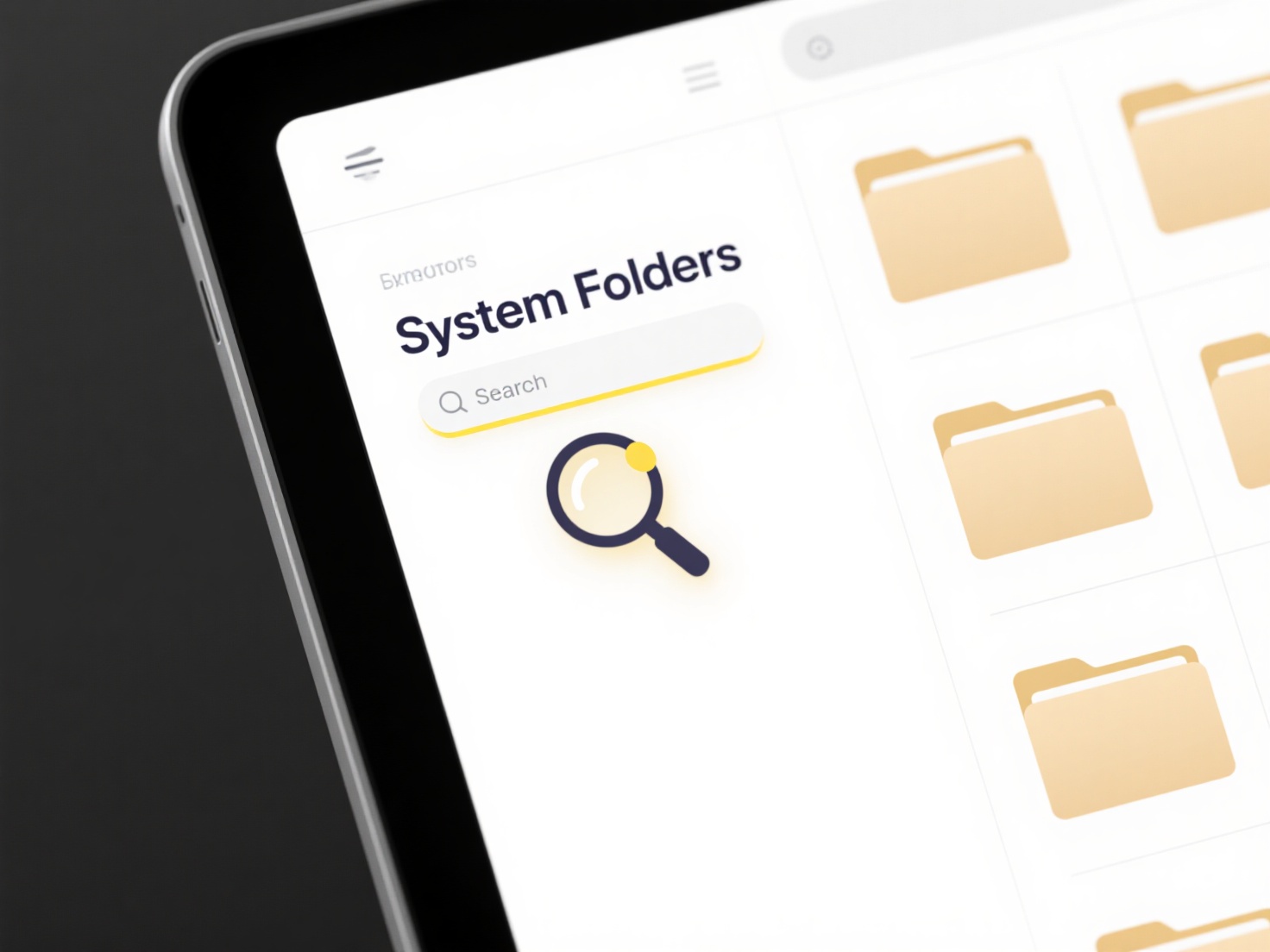
Monitoring sync activity involves tracking the data transfer process between your local device (like a computer or phone) and a cloud storage service (such as Dropbox, OneDrive, or Google Drive). This includes checking which files are being uploaded or downloaded, the transfer speed, the status of the process (in progress, completed, failed), and identifying any synchronization conflicts where the same file changed differently in both locations. Unlike basic file viewing, monitoring provides insights into the active transfer process and potential issues.

For example, an employee working remotely might monitor sync activity to confirm their large project files successfully uploaded to the company's cloud platform before a deadline. Similarly, a software developer using sync tools like Resilio Sync or rsync to deploy code updates might closely watch the sync logs to ensure all servers received the correct files and identify any servers where the sync failed.
Key advantages include ensuring data integrity, verifying backups, and quickly troubleshooting failures. However, limitations depend on the specific tool - features and detail levels vary, requiring proper configuration. Bandwidth limitations can slow transfers. Future developments may offer more predictive analysis and automated conflict resolution, but security monitoring must balance operational insight with user privacy. Real-time encrypted log analysis could enhance security without exposing sensitive content.
How do I monitor sync activity between cloud and local?
Monitoring sync activity involves tracking the data transfer process between your local device (like a computer or phone) and a cloud storage service (such as Dropbox, OneDrive, or Google Drive). This includes checking which files are being uploaded or downloaded, the transfer speed, the status of the process (in progress, completed, failed), and identifying any synchronization conflicts where the same file changed differently in both locations. Unlike basic file viewing, monitoring provides insights into the active transfer process and potential issues.

For example, an employee working remotely might monitor sync activity to confirm their large project files successfully uploaded to the company's cloud platform before a deadline. Similarly, a software developer using sync tools like Resilio Sync or rsync to deploy code updates might closely watch the sync logs to ensure all servers received the correct files and identify any servers where the sync failed.
Key advantages include ensuring data integrity, verifying backups, and quickly troubleshooting failures. However, limitations depend on the specific tool - features and detail levels vary, requiring proper configuration. Bandwidth limitations can slow transfers. Future developments may offer more predictive analysis and automated conflict resolution, but security monitoring must balance operational insight with user privacy. Real-time encrypted log analysis could enhance security without exposing sensitive content.
Related Recommendations
Quick Article Links
Can I set up rules to auto-delete old exported files?
Auto-delete rules for exported files are policies you configure to automatically remove older exported copies after a de...
Can I save to both local and cloud storage?
Saving to both local and cloud storage means storing an identical copy of a file on your computer's physical drive (like...
Why do some files show in search but won’t open?
A file may appear in search results but fail to open because its metadata (like name, location, and properties) is index...